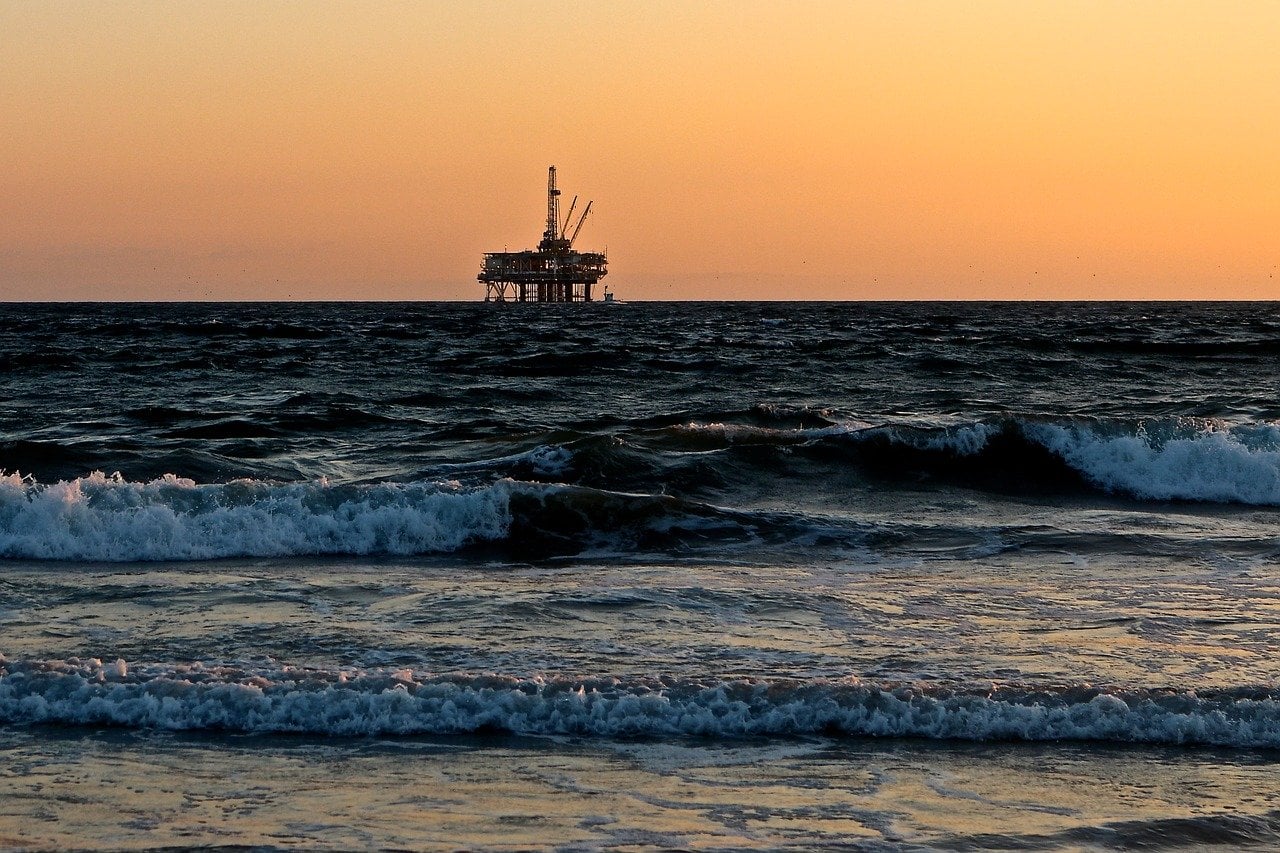Commodities are one of the most popular investment instruments for an investor. Their prices can be volatile as well, thus creating opportunities for traders to make a profit by taking appropriate positions in the market. If you are planning to invest in commodities, there are several options to choose from. However, it is recommended that you start with the biggest commodities as their prices are more stable, helping you to reduce your risk. To help you select commodities, detailed below are the ten biggest commodities in the world.
Q4 2020 hedge fund letters, conferences and more
Ten Biggest Commodities In The World
Our list of the ten biggest commodities in the world is based on their trading volume, meaning the most traded commodity is the biggest commodity as well. Following are the ten biggest commodities in the world:
-
Cotton
It is among the oldest and most important fibers. There is no clear information on the origins of cotton, but cloth found in Mexican caves suggests it could be more than 7,000 years old. The fact that most of our clothes are made of cotton proves how important this commodity is. India, China and the U.S. are the top three cotton producers in the world.
-
Wheat
Wheat is an essential source of food, as well as used in the production of numerous food products. This commodity grows all over the world, except for Antarctica. Wheat has several varieties, and the type of wheat a location produces depends on the climate and soil conditions. For example, 42 states in the U.S. grow wheat. China, India and Russia are the biggest wheat producers.
-
Corn
Corn has gained importance in the last decade or so due to the advent of biofuels. The growing importance of this commodity is evident from the fact that the U.S. has over 80 million acres dedicated to its production. The U.S. government provides heavy subsidies for corn production. Apart from the U.S., China, Brazil and Argentina are major producers of corn.
-
Sugar
This commodity is traded in almost every country. Sugar has several uses, including to retain moisture in baked goods, flavoring foods, preserve and gel other foods, as well as make ethanol fuel. Sugar is produced in more than 120 countries, while its annual production exceeds over 150 million tons. Its annual consumption is estimated to exceed 257 million tons by 2030.
-
Silver
Like gold, silver is also regarded as a safe investment and an asset that provides stability to an investment portfolio. Moreover, this commodity is also used in industrial processes, as well as high precision medical equipment. Similar to gold, a significant portion of silver’s demand is for making jewelry. However, unlike gold, about 50% of the demand for silver is for industrial uses, such as in photographic films, electrical contacts, solar panels and more.
-
Brent Oil
Brent Oil is high-quality "sweet light" oil with low sulphur content and density. This makes it easy to refine into usable end products. The major drilling regions of Brent Oil is North Sea’s Brent, Oseberg, Forties and Ekosfisk fields, off the shores of the UK and Norway. Like other commodities, the price of Brent crude also depends on the demand and supply. Moreover, OPEC (Organization of the Petroleum Exporting Countries) also has influence over the oil price and supply.
-
Gold
Gold has always been very popular among investors, and is regarded as a safe-haven asset. Moreover, it is seen as a proxy of prosperity and wealth. Gold is also very rare and difficult to find. Gold is not just seen as an investment, it also allows traders to hedge against inflation and hedge against global economic instability. About 269,933 futures and options contracts were traded on LME in 2019.
-
Natural Gas
Despite efforts to move toward renewable energy resources, natural gas is among the third most traded commodity. There are very limited resources of natural gas, and exploring and drilling new sources takes a lot of time and effort. The price of this commodity is quite volatile as well because even a minute change in the demand and supply of natural gas can result in wild price swings.
-
Coffee
On a daily basis, it is estimated that people consume more than 2.25 billion cups of coffee worldwide. Along with being the second most traded commodity in the world, coffee is also among the oldest commodity. More than 150 million jute bags of coffee are produced annually by the exporting countries. Brazil, Vietnam, Colombia, Indonesia and Ethiopia are the top five coffee exporting countries. Coffee prices reached their all-time high of $339.86 in April 1977, but have been trending downward since then.
-
Crude Oil
Crude oil topping the list comes as no surprise considering the global demand of oil worldwide. Moreover, it will most likely continue to hold this position for the foreseeable future. This commodity touches almost every sector of the economy worldwide. Crude oil is used widely to produce gasoline, diesel and various petrochemicals. Also, they are a crucial ingredient in manufacturing textiles, fertilizers, steel and more.






